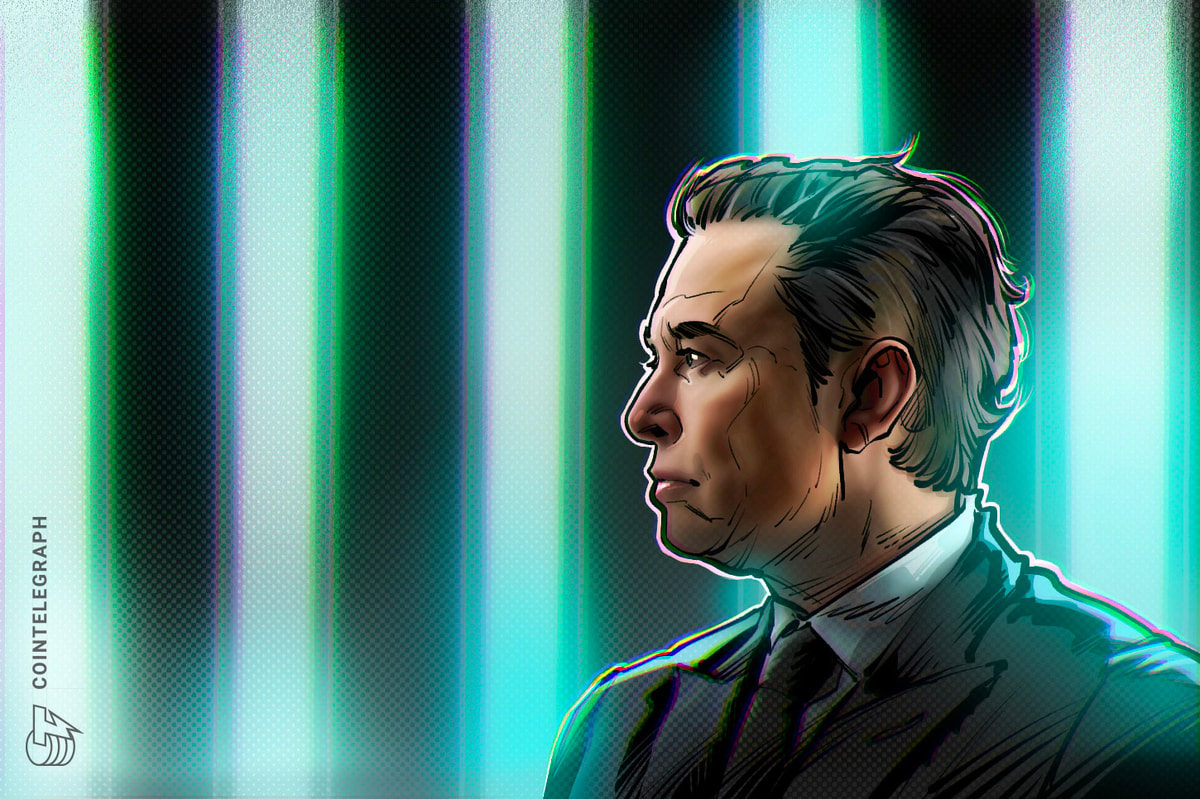
Utility and longevity are emerging as new value signals in the rapidly evolving memeverse, the latest high-growth market category in the crypto world. Memes live by their ability to command attention. While some early success stories have grown in popularity because of community engagement and simple momentum, their ability to become long-lasting stores of value remains up in the air. Beyond memes, new projects like DIRT are using meme infrastructure to create longer-term utility and functionality to emerging categories like the metaverse.

Long-range planning is part of what makes DIRT an interesting development in the meme space. DIRT (Digital Integrated Reality Tokens) enables buyers to connect augmented and virtual reality metaverses to physical geography. Partnerships also link DIRT to real-world land conservation, regenerative agriculture and more, giving it the potential to turbo charge conservation.
Fundamentally, DIRT is the emerging digital value layer between physical geography and the metaverse. The DIRT community of token holders can participate in project development while helping to build the long-term open metaverse movement. DIRT is minted at approximately 1 DIRT per 28 square feet of physical geography, with DIRT drops slowly appearing by location. Each vintage is designed to link into the Gaia geosystem, an emerging open mapping and data layer for the open metaverse, and to build competitive value between vintages.
The first DIRT locations on Solana include Kauai DIRT (3vVVtivHHNRpi9LbLjn9E18iD45pG2Po2Rb9852LRY3p) and Ibiza DIRT (Ca7Nph9PQuYZTevBNRGTPfxZox9jYtdsSCtqfkSNGJ7T) - premium islands of limited, high-value geography. The total supply of DIRT is fixed and irrevocable, and further places are planned as demand grows.

In the future, one can imagine DIRT acting as a thin layer of interchange between metaverse regions and physical geography, becoming an intersection point between the real world and the virtual world. As DIRT's market cap and utility grow, the ability to link particular DIRT vintages to selected geographies will provide exciting ways for DIRT to be used in wider sets of circumstances.
To build these open interface layers and digital services, open collaboration networks will enable the community to rally around other development and integration, especially around IOT and bot services in the real world, where mapping and geography play a role in operations.











